We’ve become used to publishers of African writing hiring high-profile illustrators to design book covers.
The cover for Chibundu Onuzo’s Welcome to Lagos was designed by Bill Brags. [read about it here] The South African illustrator Dale Halverson has designed covers for a number of Lauren Beukes’ sci-fi novels. Jo Walker did the recent series cover design for Adichie’s books. [read about it here] Cassava Republic worked with Lynn Hatzius to create the delectable cover for Yemisi Aribisala’s Longthroat Memoirs. [read about it here]
But we are yet to meet an illustrator like Greg Ruth who uses a cover design as occasion to reflect on the intersection of race and the artistic process of creating a cover art.
Ruth is the brains behind Nnedi Okorafor’s recent book cover redesign. Last year when Cross Cult issued a series of translations of Okorafor’s work, he was enlisted to design the covers. [read here if you missed it.] Okorafor was so happy with his work that she brought him on board to do the cover design for the paper back edition of Akata Witch and the forthcoming sequel—both published by Penguin.
In the course of working on these, Ruth writes a thoughtful piece on how to avoid common pitfalls when translating the realities and lives of people who are different from us. He speaks candidly from his position as an artist who happens to be white.
“My origins and personal experiences with race, my nearly all white childhood and the reversal of that in NYC and coming into the adult world at a time where white cultural dominance was ebbing and we were seeing much more diverse and colorful faces in our culture, made this an interesting issue to take on.”
We’ve selected a few quotes from the piece that we thought were particularly resonant.
***
“When you are tackling something racial or depicting someone from another tribe—be it a Maori warrior, a Swedish businessman, or an ancient Hun,” here are a few things Ruth thinks you should keep in mind:
1. “Try to see it all as new, make no presumptions or take anything for granted. Recognize the inherent narcissism we all delve in that causes us to make pictures of other humans look a bit like us, and keep it in check.”
2. “Be conscious of your own corner-cutting, and submit to the the demands of research and study. They won’t save you from every error, but they can steer you clear of most of the sharpest stones.”
3. “The medium and practice of art is exactly the perfect place to take on what might be politically/socially controversial subjects because art is inherently neutral and objective in how it sees and envisions the world. It’s a place where we who are stuck on the earth can elevate our own predispositions towards each other and create circumstances for being changed in a backdoor way to how we interact and view our world.”
4. “I had to question my own inherent eyes and racial awareness, discard much of it and start again from a new place in order to see it.”
5. “Sunny [the character the Akata series] made this easy because who she as a character made it unavoidable: She is a light skinned albino Nigerian woman. This means learning that in her case, her race or cultural identity had literally nothing to do with her skin color. This means it has to be about her as a structure, and her as a character. It can’t just be a picture of a woman. It has to BE Sunny.”
6. “Whether or not my own self-aware whiteness drove me to paying especial attention to these subtle but significant differences, or whether it was just about cleaving close to that aforementioned ethic of art making to be its best and truly objective self, I can’t say. But I do confess to feeling as someone coming from a different cultural experience, I owe a lot to research as a means to be the best scribe for the cultural truths and realities of one that is not mine.”
7. “We all as artists tend towards the same faces, and more often than not I have found, towards faces that either resemble our own, or those we were familiar with growing up. I grew up surrounded by a lot of white faces, and as a child almost exclusively so. Being aware of that slant in how I see and draw people is essential to be able to then work around when depicting others is called for, and when it is not. For these, I had to go outside of my comfort zone and wheelhouse. So I had to check my own initial character depictions against research of her locale and country as if she were an actual real person from that place. That meant looking at noses, eyes, ears gait, hair and all the rest of the little details that makes her seem as real and possible to a Nigerian as not.”
8. “We’re all racial, we’re all tribal. We come from different regions and different places and we see the world informed by those inherent locales. It is our job as artists to both be aware of that reality and to look beyond it when we can, not just when the job requires. It grows us from ourselves and makes of us better at what we do both as artists in our art and as people walking down the street.”
9. “So I encourage you all as we march into an ever more closely connected racially diverse world that we (thankfully) live in, to get out there and draw outside of your boundaries and tribes and neighborhoods if for no other reason than how it will widen your own chops as an artist. Know you will get it wrong before you find out how to get it right. Know you may have to unlearn some ways in which you presumptively see. Know that at the end of the day, getting it wrong won’t cost anyone their life, and it just means you need to get better at finding a new and innovative approach. You will have to discard a lot of hangups and social issues while working, advice and input from friends and colleagues as well. You alone must chart your best way towards seeing your subjects at their most essential and you alone have to get right with your own limited and prejudicial ways in which you see the world.”
Read the complete essay HERE.


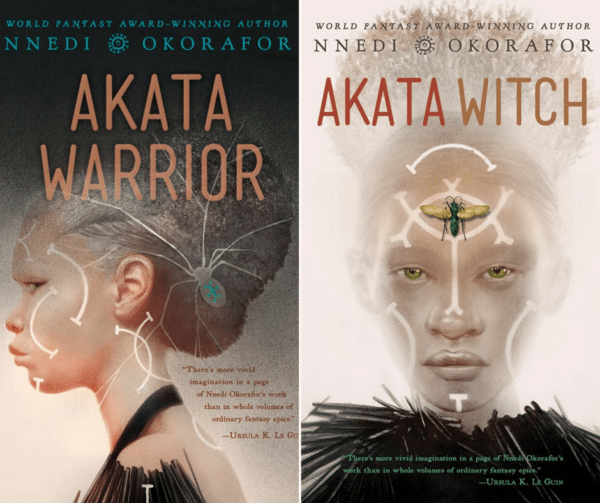

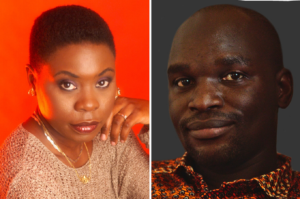
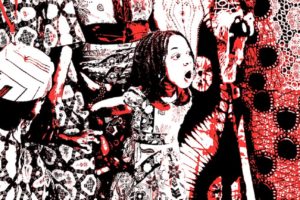
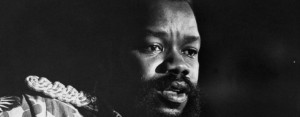
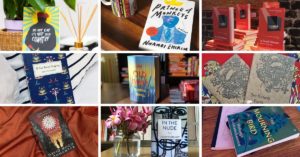

4 New Books This Year from Our (F)ave Authors [Additions to Our Reading List] – Girlxoxo.com July 07, 2017 05:46
[…] (Image from Brittle Paper) […]